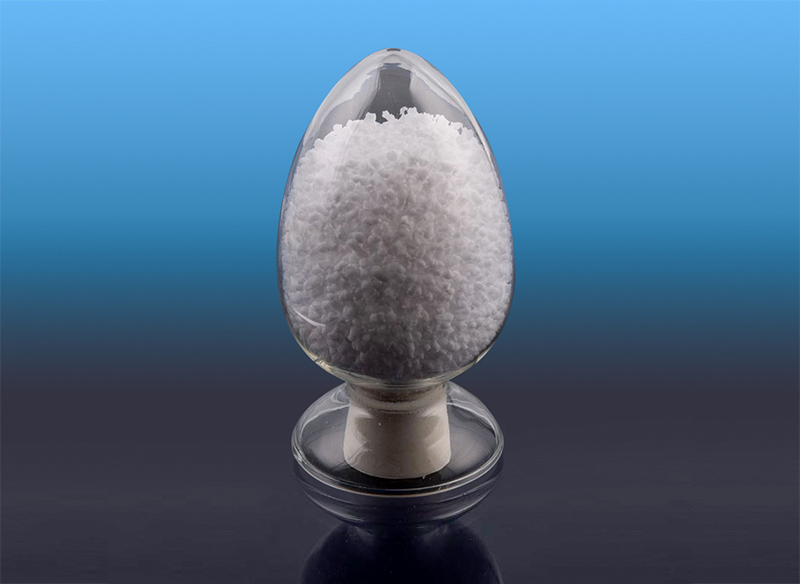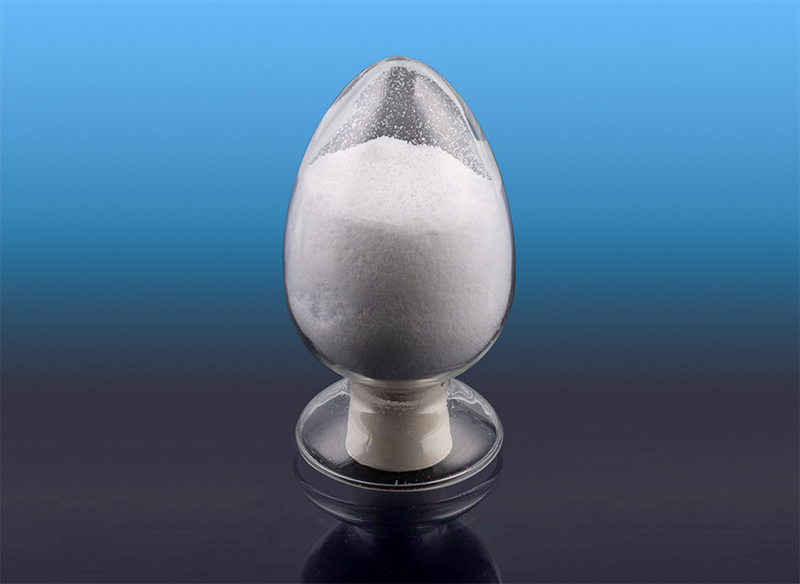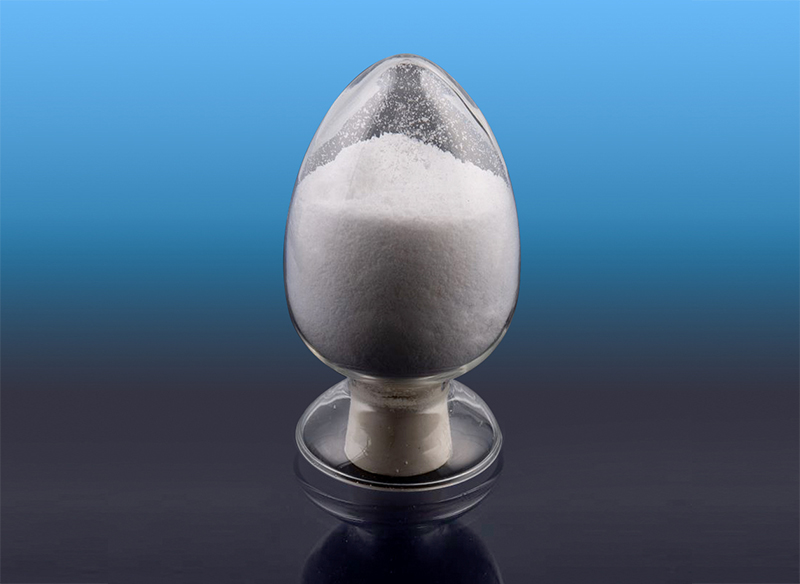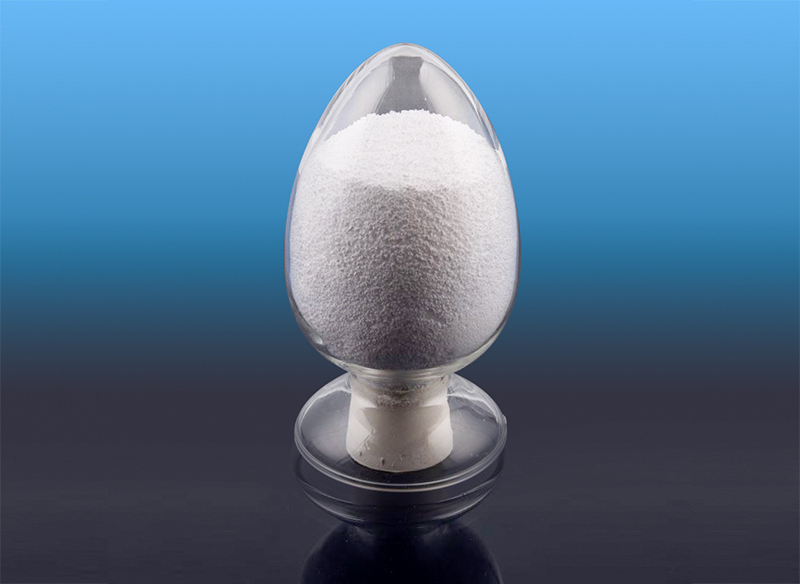In which applications is high transparent TPE preferred over traditional PVC or silicone?
Overview: why choose high transparent TPE
High transparent thermoplastic elastomers (TPEs) combine rubber-like elasticity with thermoplastic processing. Compared with PVC and silicone, transparent TPEs often deliver a useful mix of optical clarity, flexibility, adhesion to rigid substrates, and easier injection molding or overmolding. These combined attributes make TPE the preferred choice in many practical applications where a clear, soft, and process-friendly material is needed.
Key material advantages of high transparent TPE
Several technical properties explain why designers pick high transparent TPE instead of PVC or silicone for specific parts:
- Optical clarity with low haze in grades formulated for transparency, enabling visibly clear parts.
- Good elasticity and soft-touch feel similar to rubber, useful where flex and comfort matter.
- Thermoplastic processing (injection molding, extrusion, overmolding) at lower cycle times than most silicones.
- Better direct adhesion to many rigid substrates for two-shot or overmolded assemblies without primers.
- Reduced concerns about plasticizer migration compared with flexible PVC formulations.
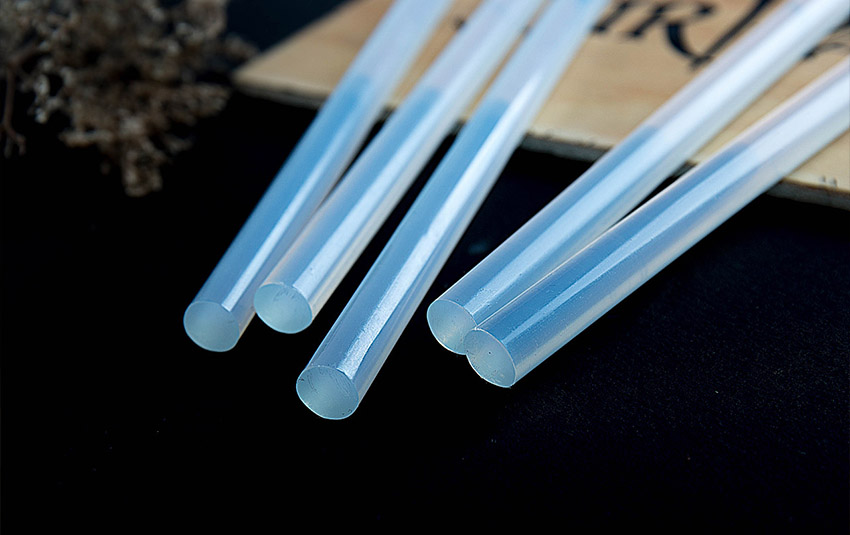
Application areas where high transparent TPE is preferred
Below are concrete application categories and the practical reasons TPE is selected over PVC or silicone in each case.
Medical and healthcare: single-use tubing, clear seals and device grips
For many medical disposables and device components, high transparent TPE provides clear, flexible tubing and gaskets that can be produced economically by extrusion or injection molding. Medical-grade TPEs are available with biocompatible formulations and can be sterilized by certain methods (always confirm with the material datasheet). TPE is often chosen over PVC to avoid plasticizer migration and over silicone when tight adhesion to rigid medical housings or overmolding is required.
Consumer electronics: clear overmolds and soft-touch transparent parts
Transparent TPE is used for soft protective bezels, clear button covers, cable jackets and lens-like overmolds where both clarity and tactile softness are needed. Compared to silicone, TPE allows faster cycle times and better bonding to hard plastics; compared to PVC it avoids potential long-term odor and plasticizer issues.
Lighting and optical components: flexible diffusers and lamp seals
When a flexible, transparent or translucent element is required—such as soft edge diffusers, lamp gaskets, or clear flexible lenses—transparent TPE grades provide low haze and good light transmission while remaining flexible. TPE can be processed into complex shapes more easily than silicone in many production setups, and offers better recyclability than PVC.
Wearables and personal goods: clear soft straps and seals
Fitness bands, wearable seals, and transparent watch straps benefit from TPE’s elasticity and clarity. TPE provides a comfortable feel while allowing injection molding or two-shot molding with rigid housings—something silicone can perform less efficiently and PVC may fail on long-term skin contact concerns.
Food-contact and baby products as a PVC alternative
In items where plasticizer-free composition is important—food-contact seals, clear flexible lids, or parts for baby products—food-grade transparent TPE is commonly used as an alternative to flexible PVC. Regulatory compliance must be confirmed for each grade, but TPE reduces the risk of migrating additives present in some PVC formulations.
Processing and manufacturing benefits
From a production perspective, transparent TPEs offer several concrete advantages that translate to cost and quality improvements:
- Faster injection cycles and easier automation than many liquid silicone rubber (LSR) processes.
- Compatibility with two-shot and overmolding workflows for integrated assemblies without secondary adhesion steps.
- Simplified recycling stream relative to mixed PVC/plasticizer parts when mono-material designs are used.
Limitations and when PVC or silicone remain better choices
Transparent TPE is not a universal replacement. Identify the limiting factors before specifying TPE:
- High-temperature resistance: silicone typically withstands higher continuous temperatures than most TPEs.
- Extreme chemical resistance and medical implant applications often favor silicone or specialized thermoplastics.
- Cost-sensitive bulk items with no clarity or plasticizer concerns may still use PVC for raw-material economy.
Comparison table: high transparent TPE vs PVC vs silicone
| Property | High transparent TPE | Flexible PVC | Silicone |
| Clarity / Optical | High (low haze grades) | Good (may yellow over time) | Moderate (transparent grades exist) |
| Elasticity / Softness | Very good | Good with plasticizers | Excellent |
| Processability | Excellent (injection, extrusion, overmolding) | Good (extrusion, some molding) | Lower throughput for LSR; different equipment |
| Temperature & chemical resistance | Moderate | Moderate | High |
| Biocompatibility / food grades | Available in specific grades | Available, but plasticizers are a concern | Widely available and robust |
| Recyclability | Generally recyclable as thermoplastic | More difficult due to additives | Not thermoplastic; more complex recycling |
Selection checklist for engineers and product designers
- Confirm required clarity, haze and light transmission targets with material supplier test data.
- Verify regulatory compliance for medical or food-contact grades when applicable.
- Evaluate processing method (injection, overmolding, extrusion) and cycle-time needs.
- Test adhesion to mating plastics or substrates if overmolding is planned.
- Assess long-term exposure: UV, heat and chemicals to ensure material longevity for the application.
High transparent TPE is often the preferred solution when clarity, soft elasticity, cost-effective thermoplastic processing and good adhesion are required together. Use the table and checklist above to judge whether TPE or a more specialized material such as PVC or silicone is the right choice for your component.

